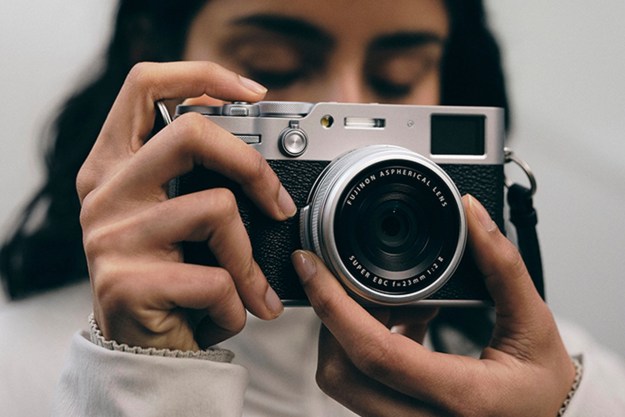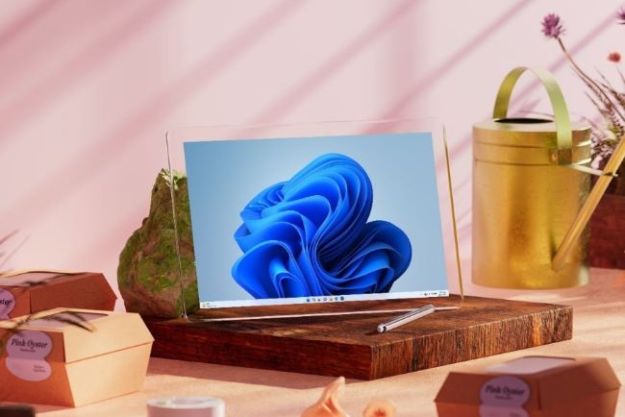Colors evoke emotion in our brains. It’s been proven time and time again that hues of blue are most often associated with cool, calm feelings, while stronger colors like red stir up strong, aggressive emotions.
It’s these underlying perceptions that help photographers and cinematographers alike bring about a certain feel and aesthetic to a particular image, be it still or motion. To showcase the use of colors and their respective emotions that they bring about, Vimeo user Lilly Mtz-Seara has created a collection of clips from movies throughout the past two decades (via Fstoppers).
In the four-minute montage, Mtz-Seara explores innocence, passion, insecurity, sociability, madness, eroticism, and more as the colorful video transitions from one masterful scene to another.
From David Fincher’s Fight Club to Wes Anderson’s The Grand Budapest Hotel, the video shows how clever use of colors and composition subconsciously evoke emotions as the respective directors and cinematographers create and capture the scenes of a film. Much like the soundtrack of a film does for our sense of hearing, the colors palette of a film does for our sense of seeing.
Showing off the color theory used throughout films is nothing new. In fact, we recently featured Cinema Palettes. a Twitter account that takes a still from iconic films and breaks it down into a simple palette.
Next time you go to the movies or have a movie night at home with friends or your loved one, take some time to appreciate how the various hues are used throughout the movie to help contextualize what’s happening and reflect the emotions that go with the action.
You can find the full list of movies sampled throughout the short in the video’s description on Vimeo.
Editors' Recommendations
- Deadpool & Wolverine: Everything we know about the film formerly known as Deadpool 3
- How do you film what isn’t real? Joe Hunting on his documentary We Met in Virtual Reality
- How to use Netflix’s secret category codes to find what you want to watch




